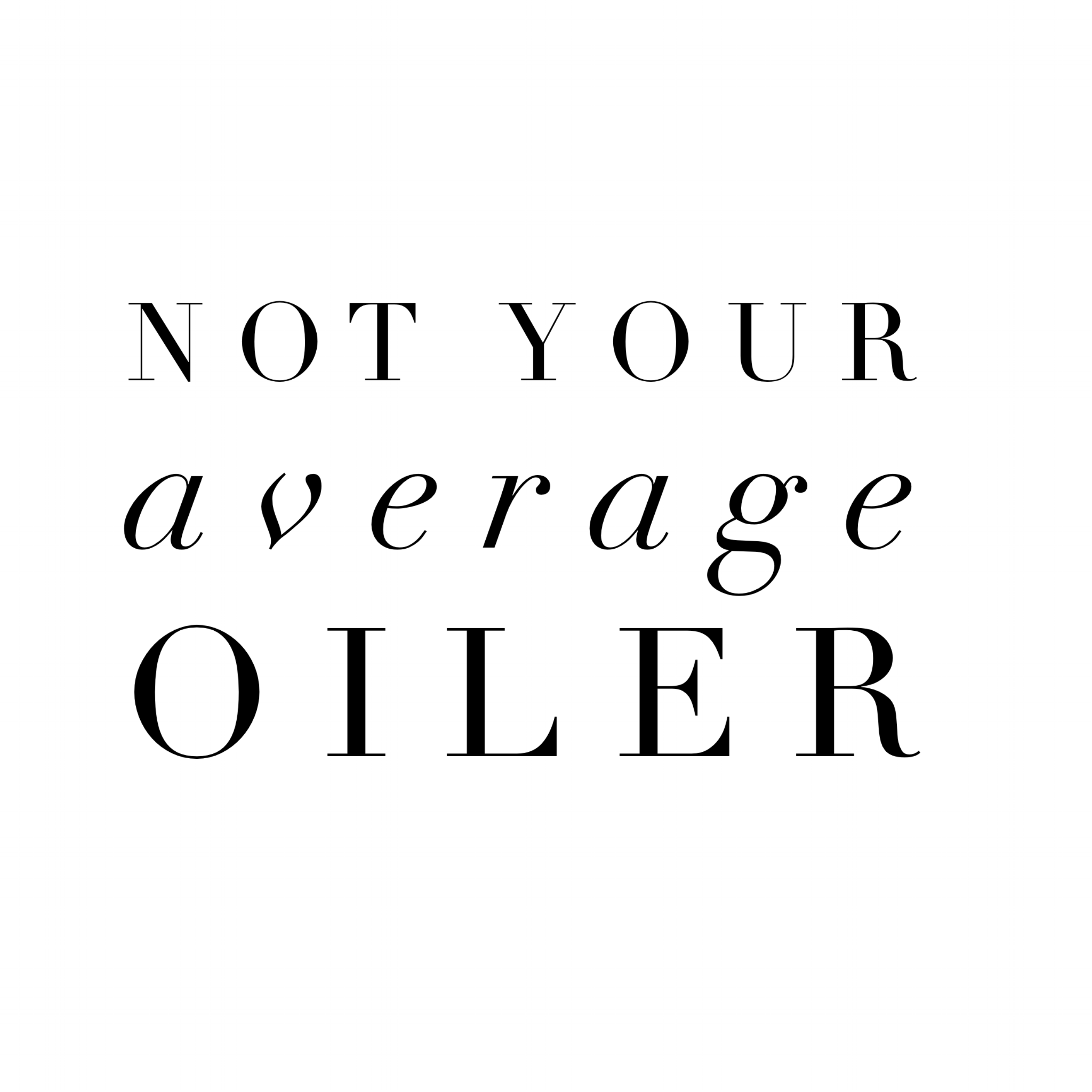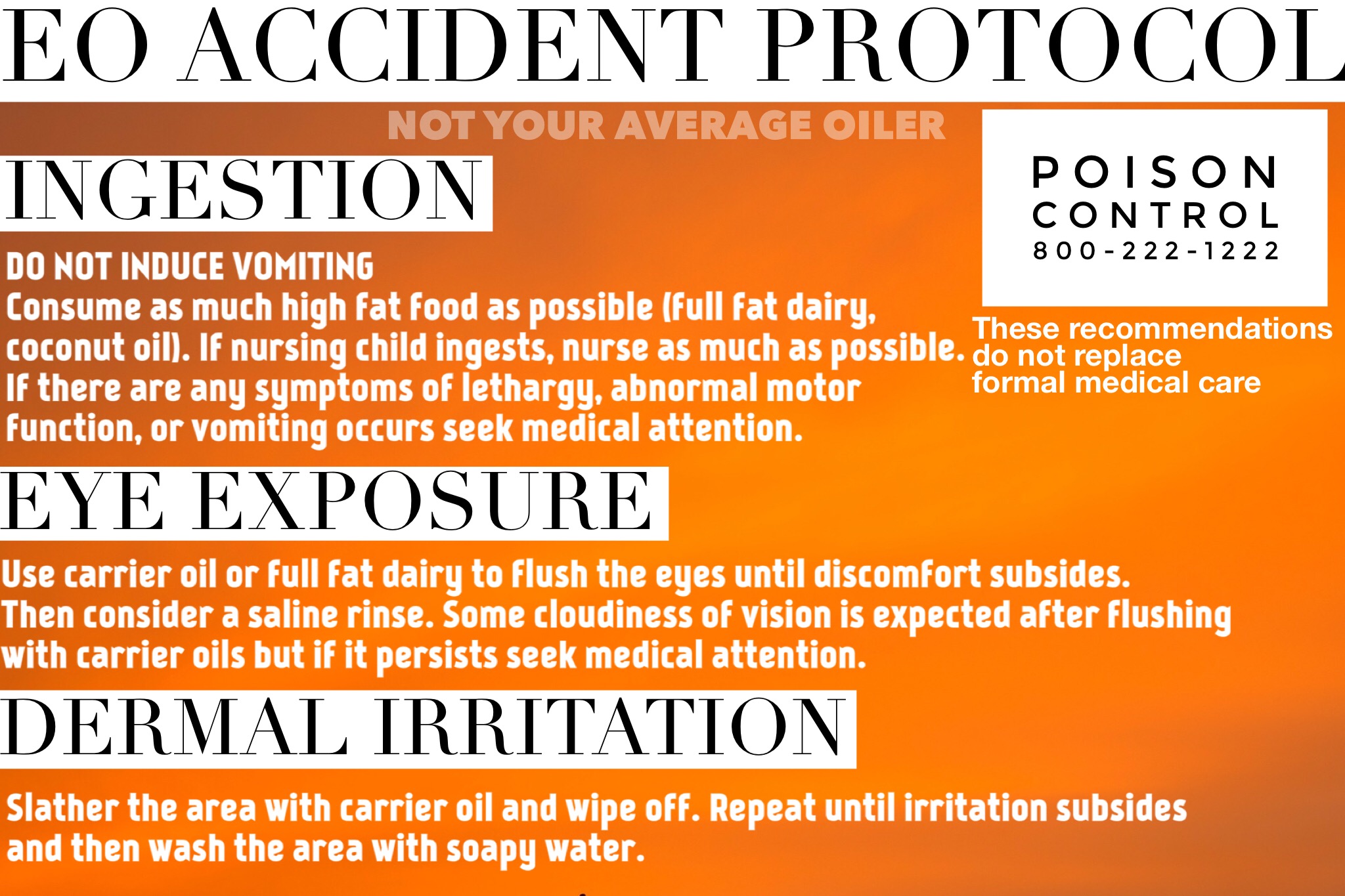Like Cliff's Notes for EOs: FAQs!
**For greater depth of information head on over to my FB group and check out the photos and files, search past topics, or ask a new question! I am NOT a certified aromatherapist, just a science-minded oiler who has spent a lot of time learning from experts and trying to sift through fact versus myth and hype**
What are EOs?: They are volatile, aromatic compounds obtained from plant matter through steam distillation, or in the case of many citrus oils, cold pressing. Some products are obtained through solvent extraction such as jasmine with hexane (these are called absolutes), or CO2 extracts using...CO2!
What sort of plants can be used to obtain EOs?: Lots! Some are made from flowers like rose, jasmine, lavender. Some are made from leaves/needles like eucalyptus, conifers. Some are made from woods and resins like cedarwood, frankincense, copaiba. Some are made from roots like ginger, turmeric. Some are made from fruit rinds like citrus. The list goes on! But not EVERY plant has an accompanying EO, so don't hold your breath waiting for a pineapple!
Are Young Living oils therapeutic grade?: They are labeled as such, but really this is a marketing term as there is no third party agency to govern the standards of such a title. You may see "therapeutic", "food", or "pharmaceutical" grades but the label alone means nothing. You should check to see what quality and purity testing your company performs, transparency in business practices and how they obtain their oils or raw materials, GC/MS reports if available.
Why can't I just buy oils online or in a discount store?: You just don't know what you may be getting, unfortunately. The FDA does not discriminate between an "essential oil" obtained from natural sources and one that is synthetically created in a lab, so your bottle that says "100% pure lavender oil" may be entirely lab-made and not have the same intended therapeutic effects. Any other additives like carriers should be included on the label, but the most common form of adulteration I've seen is when a less expensive oil is substituted in (lavandin for lavender, cornmint for peppermint, etc). It's buyer beware if you choose to purchase such oils, so do your homework!
Can I check the purity of my oils at home?: No, not reliably or accurately anyway. Don't waste your time. All of the supposed home purity tests (paper blots, styrofoam dissolving, freezers) have serious limitations that lead to loads of false positives and negatives, and none of them will pick up on the most common form of adulteration noted above.
How do you use EOs?: The three methods of use are topical use (application of oils to the skin), inhalation (diffusing or direct inhalation), and internal use (ingestion, suppositories, and pessaries). They can also be incorporated into many homemade preparations like soaps, lotions, cleaning products, linen sprays, etc. Everyone is entitled to use their products how they see fit, but I'm a big proponent of being an informed and educated user, and it is my personal feeling that internal use commands a higher level of understanding to create appropriate doses and duration, manage possible interactions with other medications, and formulate the most effective method of delivery.
How long can I diffuse for?: It's up to you, but best practice would be approximately 30-60 minutes of diffusion followed by an equal break. Lather, rinse, repeat as needed or desired. Diffusing consistently beyond that time period is often ineffective as you become noseblind after a while and you've reached maximum therapeutic potential. Intermittent usage will keep the scents fresh and help you achieve the most benefit.
Do you have to dilute EOs for topical use?: "Have to" - no. Should you? YES! Dilution does not lessen the efficacy of the oils! It does improve your topical coverage, decrease evaporation of the EOs, complement your desired therapeutic effect with a well chosen carrier oil, help negate issues like dermal irritation and phototoxicity (some oils contain UV reactive components and can cause nasty burns) that can cause issues over specific thresholds, and reduce the likelihood of sensitization (a possible consequence of long term exposure with improper dilution that can lead to chronic adverse reactions to specific oils). You can use carrier oils like almond, apricot, jojoba, coconut (fractionated (liquid) or solid), etc. Water does not dilute EOs, as oils and water do not mix!
How much should I dilute?: Depends on the oils in question and your intended use! Take a look at the following graphics for guidance. The green one about systemic toxicity is a little trickier - these oils have dose-dependent precautions to avoid strain on organs or excessive exposure to some constituents within the oils. The dilutions shown are for 30ml of TOTAL product use (EO + carrier) all at once. If you plan to use less than that all at once, you can increase your dilution accordingly and still be within safe guidelines! The formula is 30/#ml of total product being used x the dilution percentage of that oil. So for example, if you plan to use 5ml of anise + carrier all at once, it would be 30/5 x 2.4 = 14.4%. You may still wish to use less, but that is the upper limit to avoid the systemic risks!
What is the difference between Young Living's Vitality oils and their other oils?: Just the label! The FDA requires that any oil intended for consumption be labeled as a "dietary supplement" and include a supplement fact label. YL chose to comply with this by separating out the Vitality line. The content of the bottles are identical though, and you may certainly use both for diffusion or topical use, but officially only the Vitality line is labeled for ingestion. **As noted above in "How do you use EOs?" it is a personal choice whether or not you feel comfortable ingesting these products. I encourage everyone to do their research from unbiased, non-brand specific sources and seek out the guidance of an aromatherapist trained in aromatic medicine as needed. As far as using these products in cooking, a drop or two in a full recipe containing a fat/oil is unlikely to pose any significant health risks**
What happens if my child gets into my oils?: Don't panic! And don't beat yourself up - kids get into EVERYTHING. Take a look at the following safety protocol graphic for guidance. Same rules apply for adult accidental exposure.
Do EOs contain any nutritional value?: Nope, they are not a meaningful source of any nutrients. That's not to say they don't have health benefits, but if you're looking for vitamins and minerals go for whole fruits and herbs.
Do EOs expire?: Ooh semantics here! If you mean grow mold or curdle, no. But they DO oxidize. This is a natural chemical process in which their constituent profile can change over time, and unfortunately you tend to have your most therapeutic constituents change into irritating ones. This process is hastened by exposure to air, heat, and light, so keep your oils in a cool, dark place, caps on, and consider transferring partially full large bottles into smaller ones to reduce air space. Refrigeration will help extend the shelf life of your oils and may be a good choice for the most volatile ones like citrus. See the below graphic for estimated shelf lives of oils.
Can you be allergic to EOs?: Yes! It's certainly not common, but it's absolutely possible. Many will tell you it's not possible because EOs do not contain the proteins typically responsible for histamine responses, but they DO contain smaller molecules called haptens. Haptens can bind with the proteins in your body and then that combo can trigger the histamine response. This is how nickel, penicillin, and poison ivy allergies work. Being allergic to the whole plant does not necessarily mean you will be allergic to the EO, so if you wish to test the waters with a known allergen consider diffusing 1 drop or a diluted patch test.
Why did an EO I put on my skin give me a rash?: As noted above it's possible to have an allergy, though not the most common reason this could happen. Assuming you are using good quality/pure oils (synthetics and fillers could certainly be responsible for adverse skin reactions), it is more likely that you didn't dilute enough and adding some more carrier will resolve the issue, you're using an oil that is a known skin irritant and didn't dilute below that threshold (see above graphics in the dilution section), you're using a UV reactive oil and didn't dilute below the phototoxic threshold and went in the sun (see above graphics in the dilution section), or you have developed a sensitization reaction from repeated exposure to the same oils (often improperly diluted). It is unlikely you are experiencing a "detox reaction" given the mechanisms in place in your body to handle this process and if your rash is not also accompanied by sweats, lethargy, aches, nausea, etc.
How do I make products with EOs?: There are no shortage of recipes out there! Unfortunately most I've found on Pinterest and the like have VERY high levels of oils when a more reasonable dilution would likely achieve the same therapeutic effect (and be safer!). I always recommend starting low and then increasing as needed. Don't forget to consult the dilution graphics above for safety considerations, and take a look over in my DIY gallery for other ideas!
Are there any considerations for using oils while pregnant?: A hot topic for sure! This is a very personal decision and again I encourage you to research several unbiased, non-brand specific sources to help you make an informed decision. Some considerations that make good sense to me are that some oilers may choose to avoid oils in general during the first trimester as it's such a critical time for fetal development, and when choosing to use oils, do so with a purpose for a short duration. The below graphics depict oils that have shown the possibility of adverse effects in human and animals studies during pregnancy (the graphics also specify lactation but in many instances the pregnancy precautions were extrapolated to lactation, not that separate studies on lactating animals were done). These are not guarantees for a problem and as always these are just guidelines for oilers to help them make informed usage decisions. **I have not included peppermint on the list - there is some evidence it may decrease milk supply later in pregnancy and during breast feeding but it is not a safety hazard the same way other oils may be - still good to know!**
Can I use EOs around my pets?: So many loaded topics in the world of aromatherapy! There are many oils that can be safely used around large animals like horses, cows, and household pets like dogs. Smaller animals like rodents and pets that have more sensitive systems like reptiles and fish may not fare so well. Cats can be tricky too - they lack the enzyme required to metabolize oils and this may lead to a build up in their liver/long-term toxicity. Do your research and decide what you're comfortable with! I highly recommend a FB group called Animal Aromatherapy (Safe Use) run by an animal aromatherapist named Kelly Holland Azzaro for details on the use of EOs and pets.
Are there any EOs that shouldn't be used around children?: There are some oils that have age-specific safety considerations due to possible respiratory issues, hormone influence, and skin sensitivity. Check out the following graphic for guidelines. As with anything, ultimately as the parent you have the final say, but do know that there are TONS of other options for any oily need you could have that do not carry the same associated precautions!








